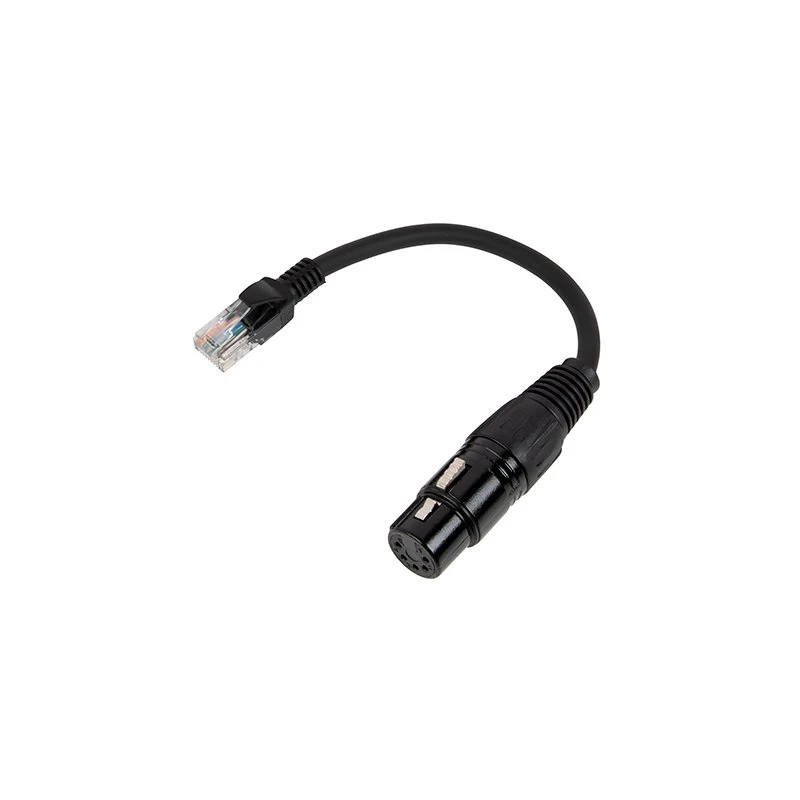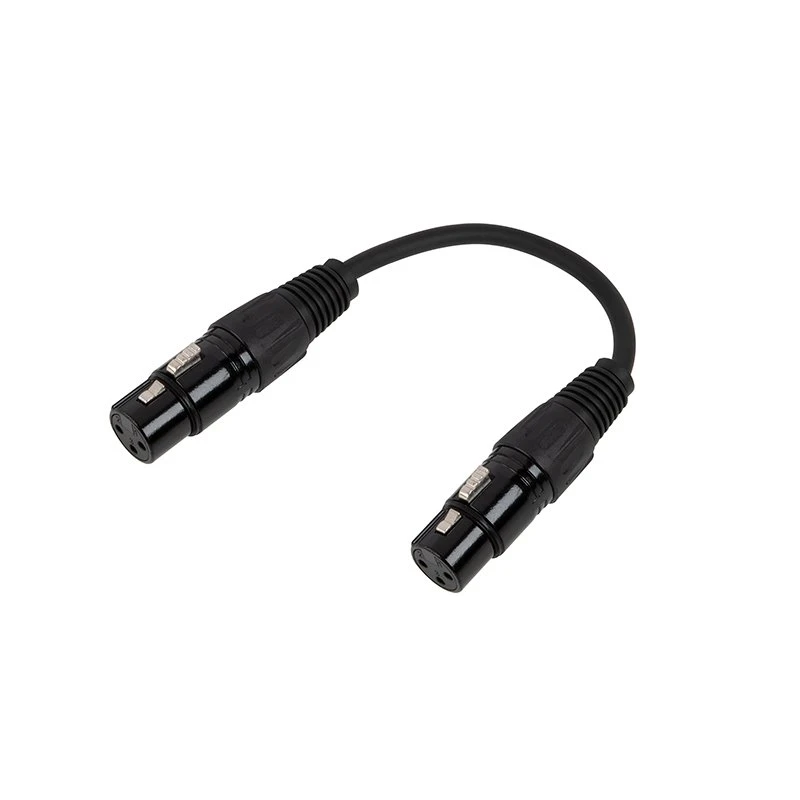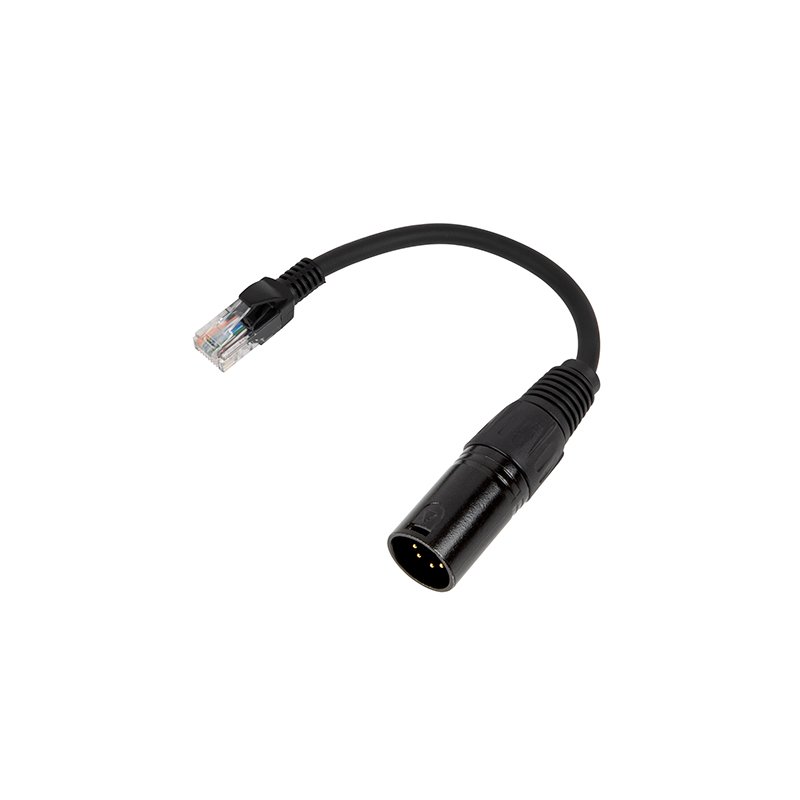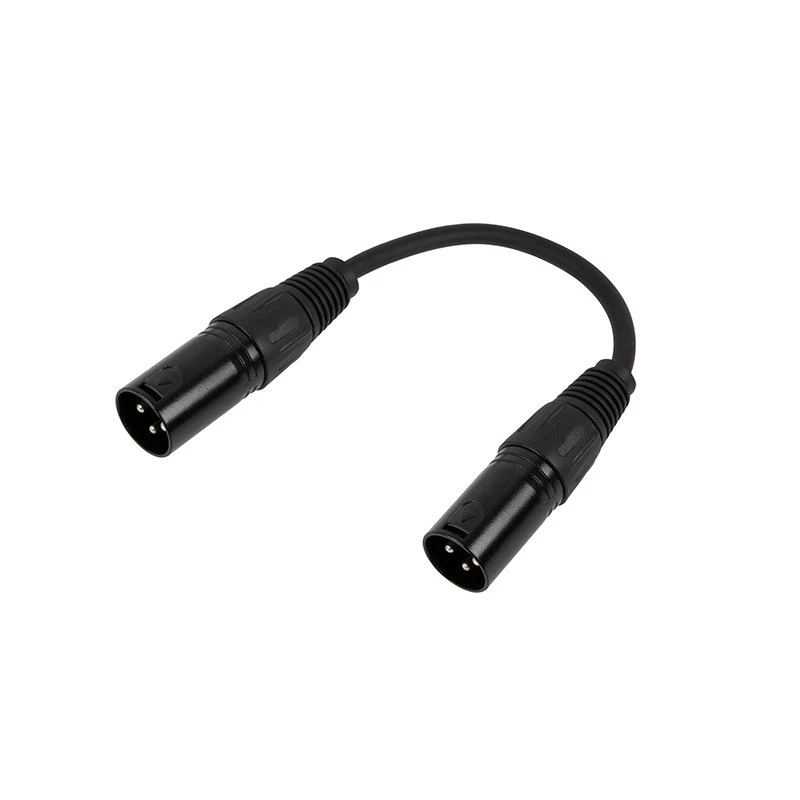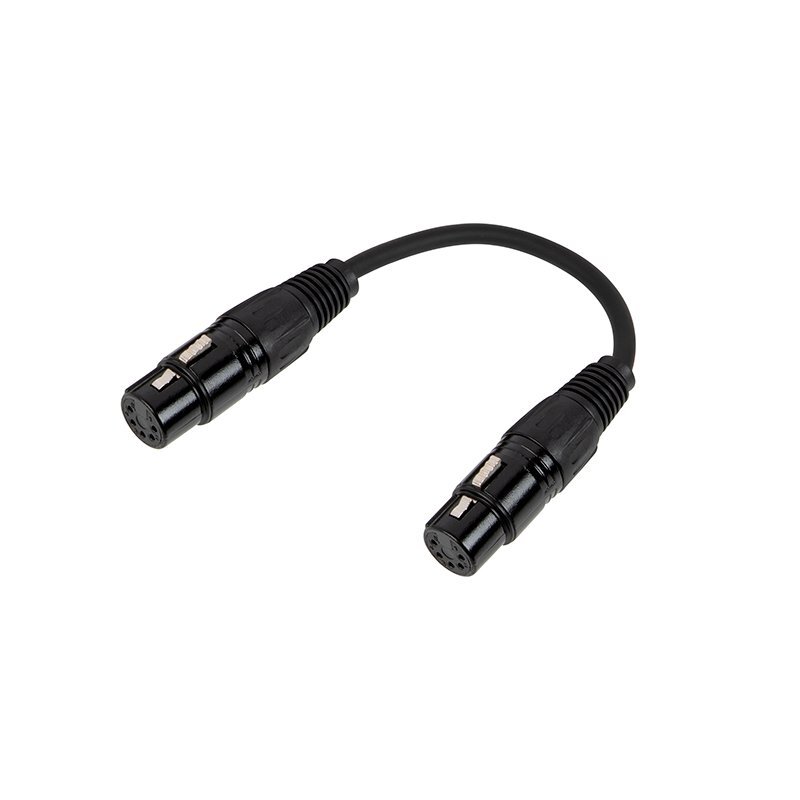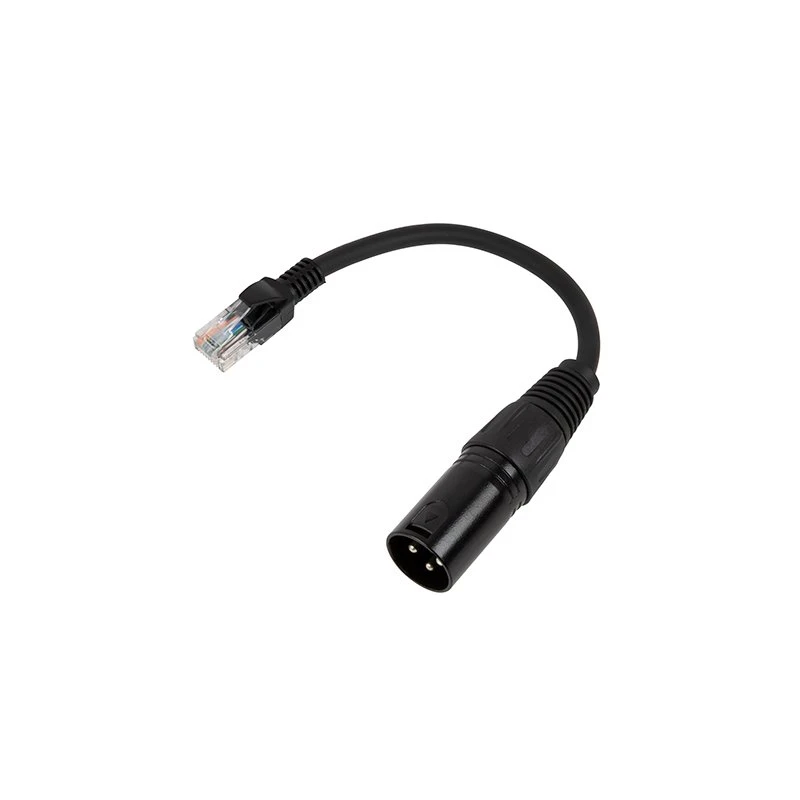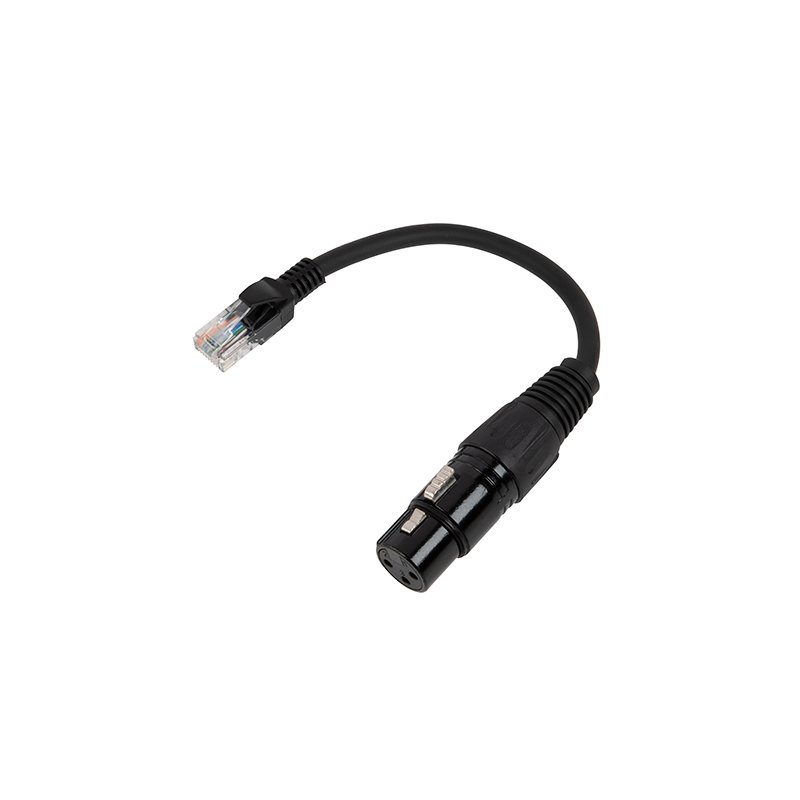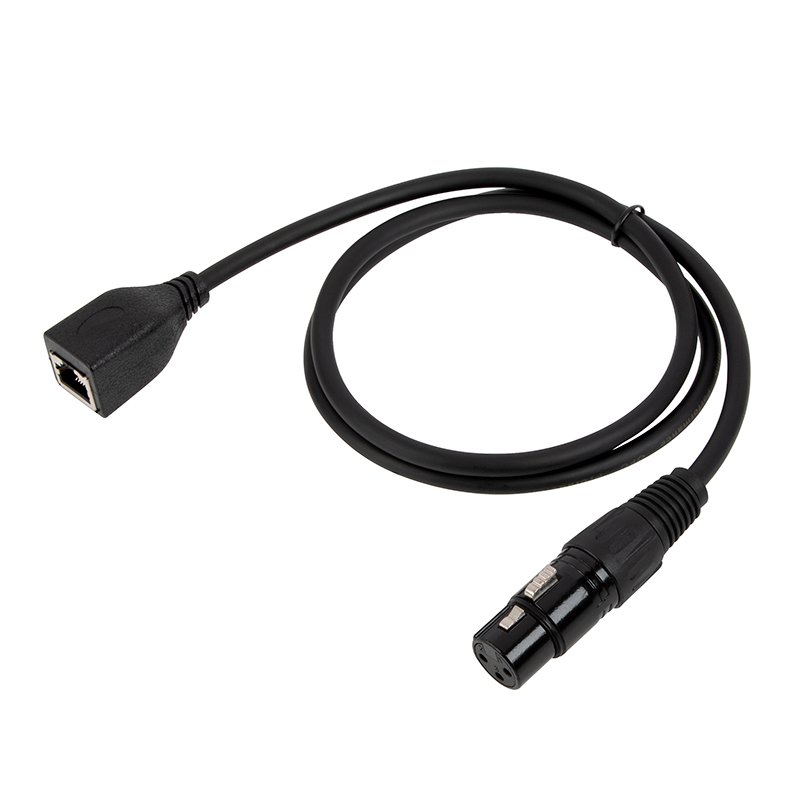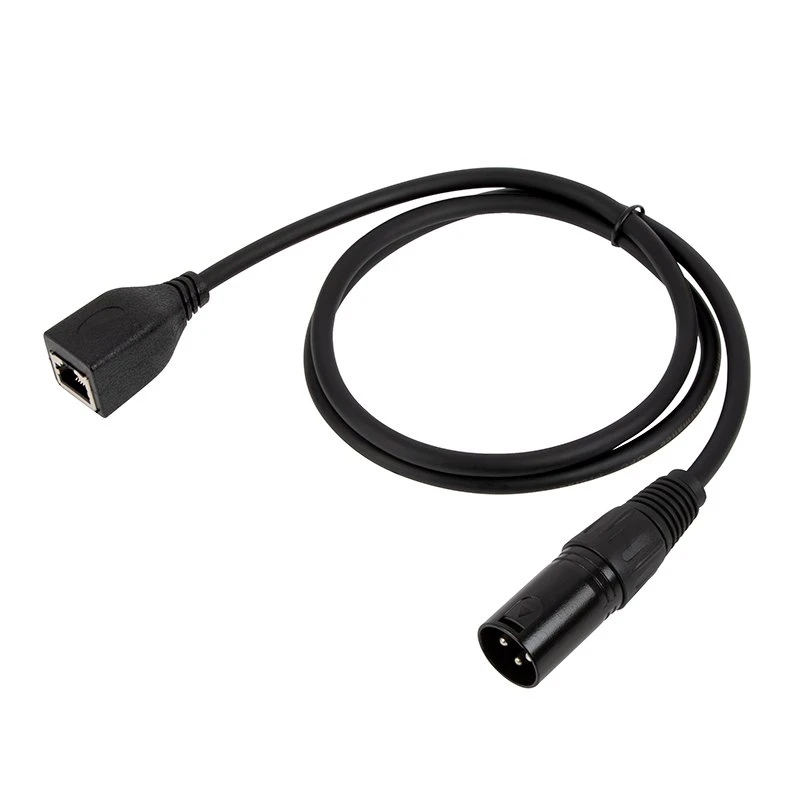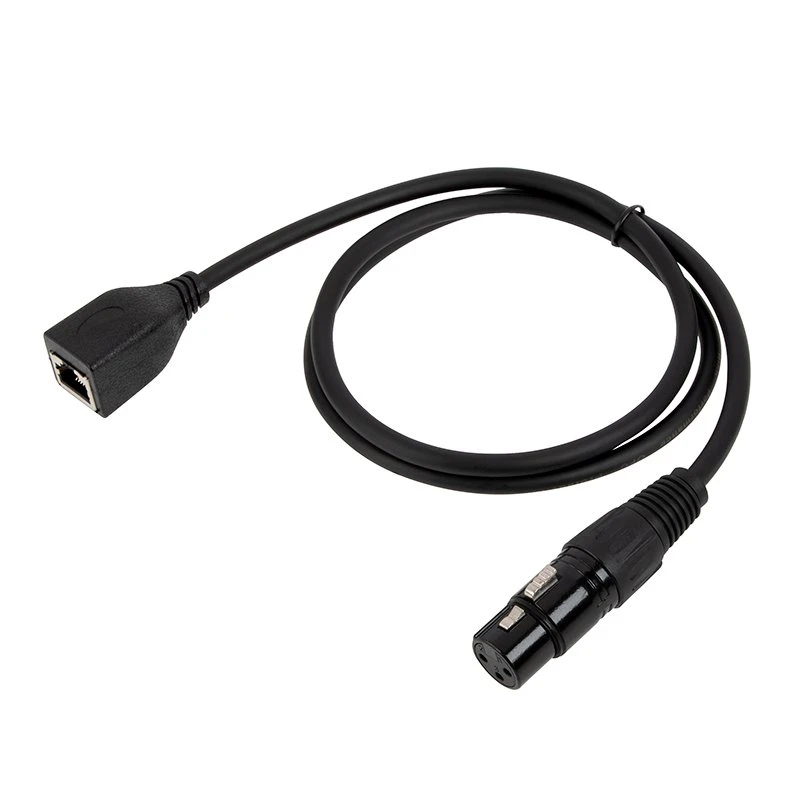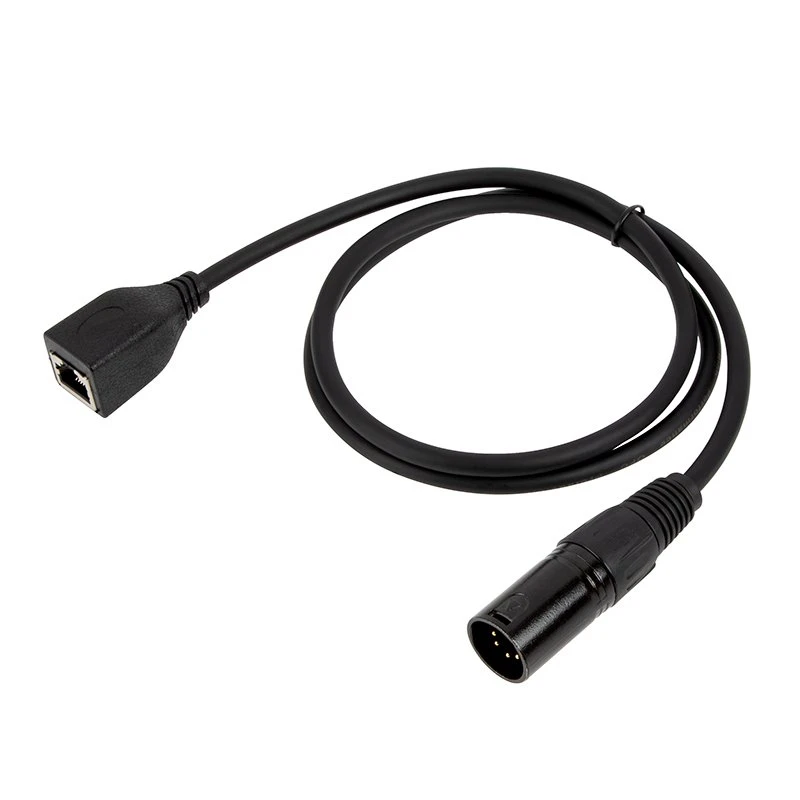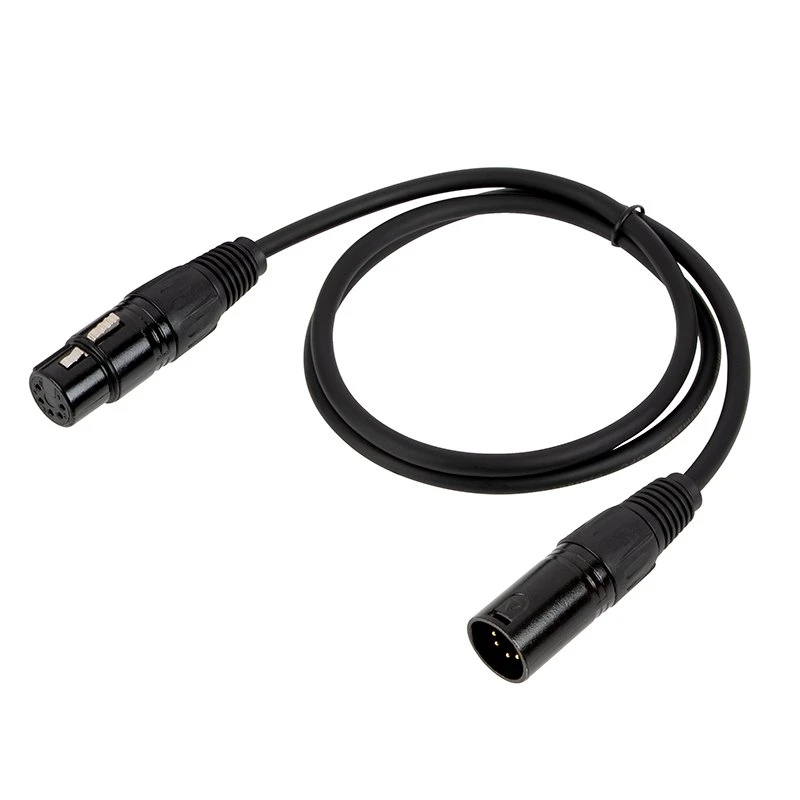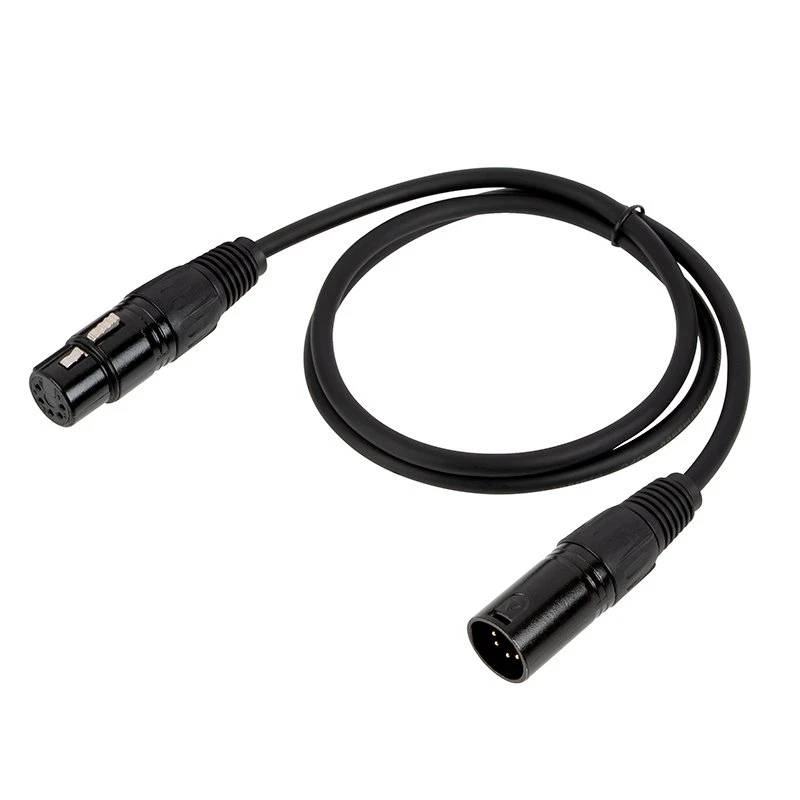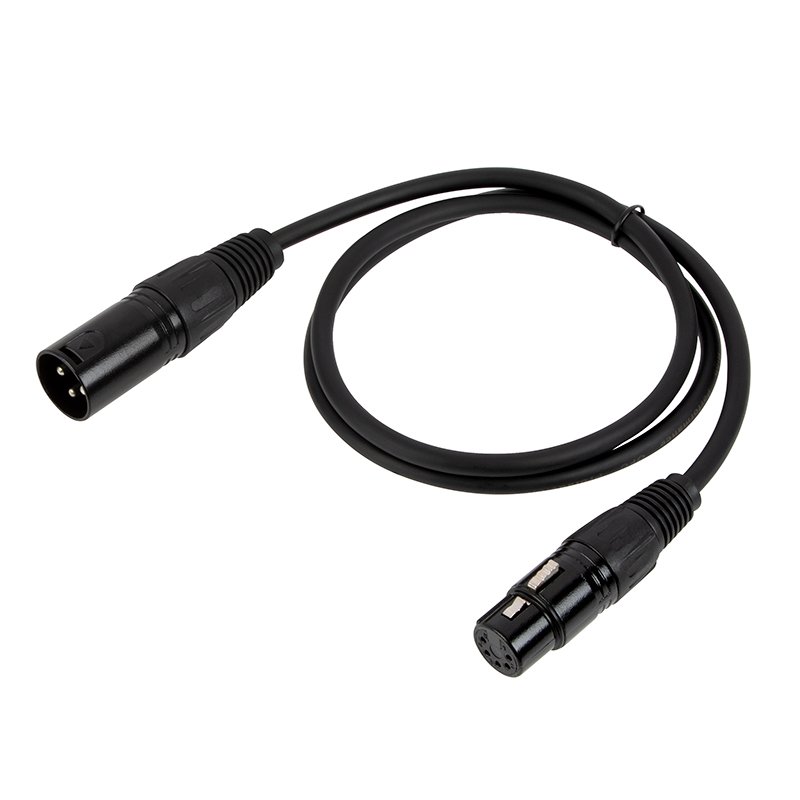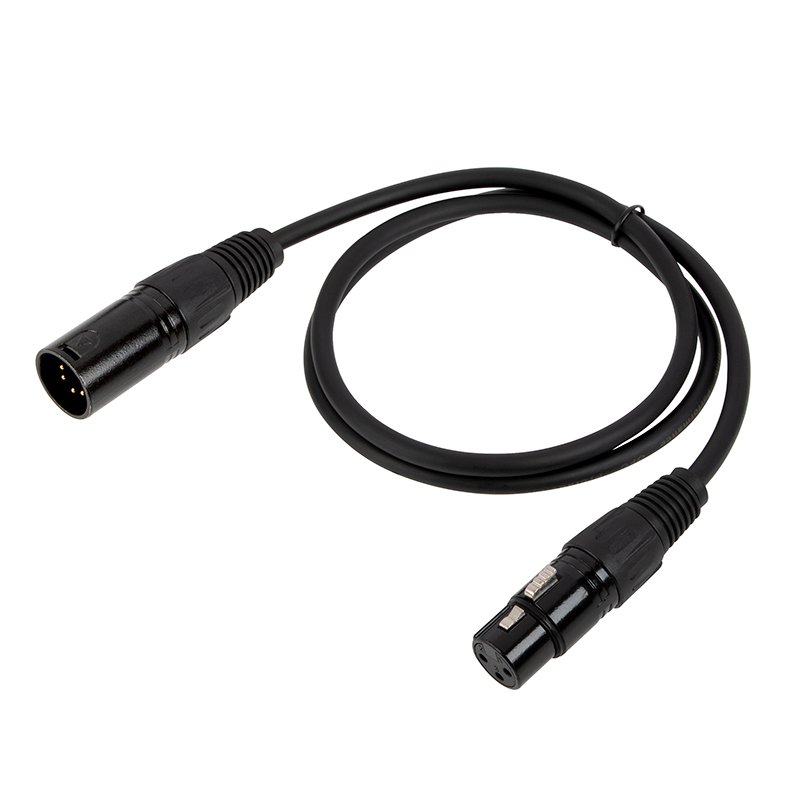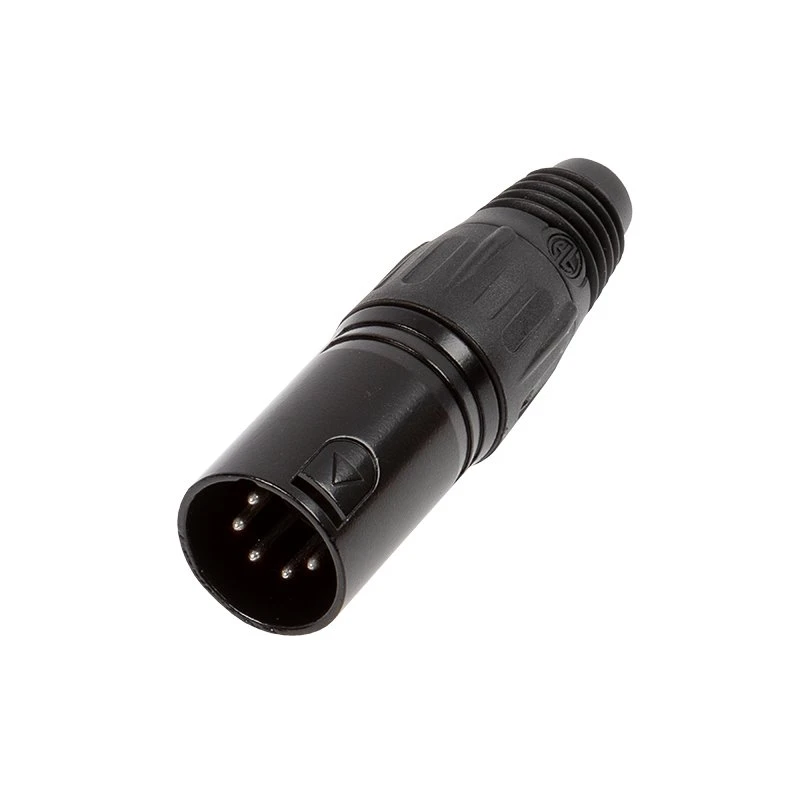
Products
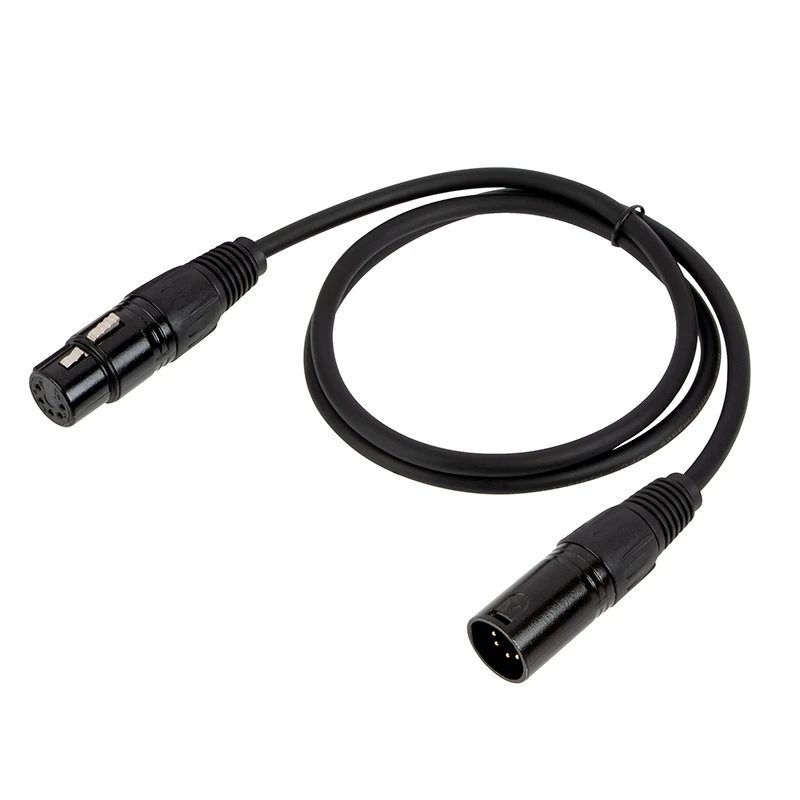
Product List
- DMX Adapter – XLR5 Female – RJ45 Male – 8″
- DMX Signal Cable – XLR3 Female – XLR3 Female – 8″
- DMX Adapter – XLR5 Male to RJ45 Male – 8″
- DMX Signal Cable – XLR3 Male to XLR3 Male – 8″
- DMX Signal Cable – XLR5 Female – XLR5 Female – 8″
- DMX Signal Cable – XLR5 Male to XLR5 Male – 8″
- DMX Adapter – XLR3 Male to RJ45 Male – 8″
- DMX Adapter – XLR3 Female – RJ45 Male – 8″
- DMX Adapter – XLR3 Female to RJ45 Female – 1m
- DMX Adapter – XLR3 Male to RJ45 Female – 1m
- DMX Adapter – XLR5 Female to RJ45 Female – 1m
- DMX Adapter – XLR5 Male to RJ45 Female – 1m
- DMX Signal Cable – XLR5 Male to XLR5 Female – 1m
- DMX Signal Cable – XLR3 Male to XLR3 Female – 1m
- DMX Adapter – XLR3 Male to XLR5 Female – 1m
- DMX Adapter – XLR5 Male to XLR3 Female – 1m
- DMX Terminator for XLR5 – Single
- DMX Terminator for XLR3 – Single
What is a DMX Cable?
DMX refers to the lighting protocol DMX512, which is a type of digital communication. The DMX standard was created in 1986 using existing XLR connectors to adapt to products already on the market without any proprietary connection.
The DMX cables come in 5-pin configurations, and can be converted from 3-pin to 5-pin or 5-pin to 3-pin using DMX adapters.
It also introduced a 5-pin format with the intention of expanding its functions with the additional pins, however that is very infrequent so nearly every 5-pin DMX cable only has 3 soldered connection points with 2 unused pins. This makes 5-to-3 pin and 3-to-5 pin DMX conversions direct and simple depending on the equipment you’re using.
DMX cables are used for lighting. The cable’s function isn’t to carry an audio signal. Instead, it carries data that will communicate changes between light and its source. The impedance required for this is 110 ohms.

